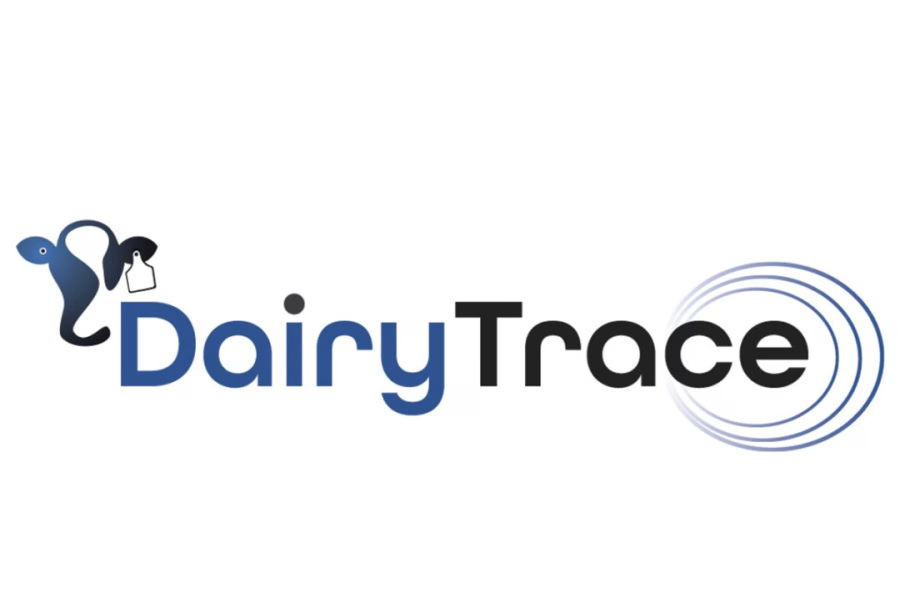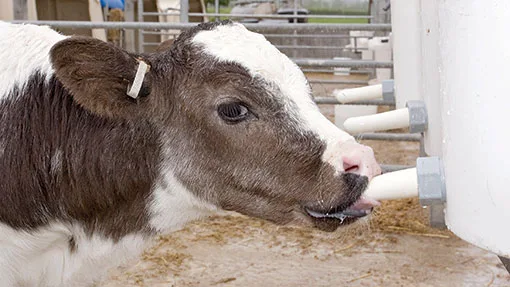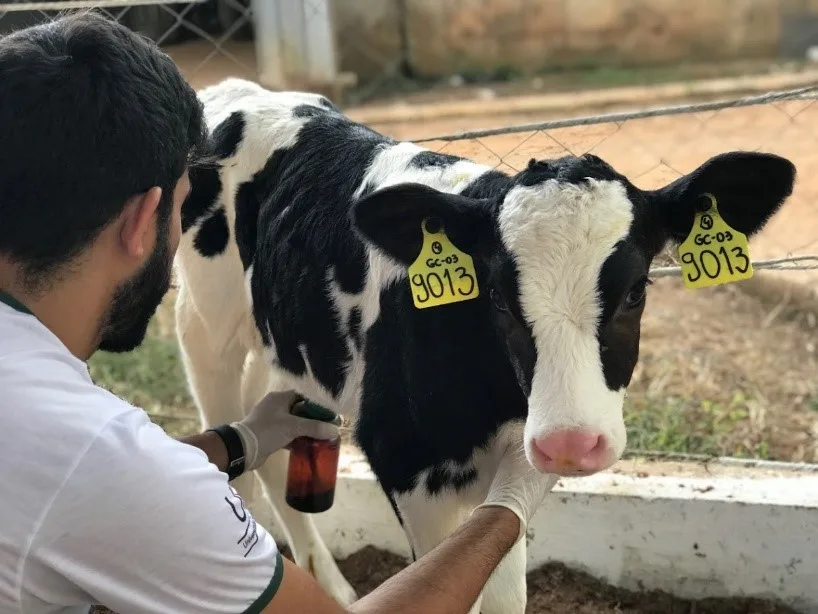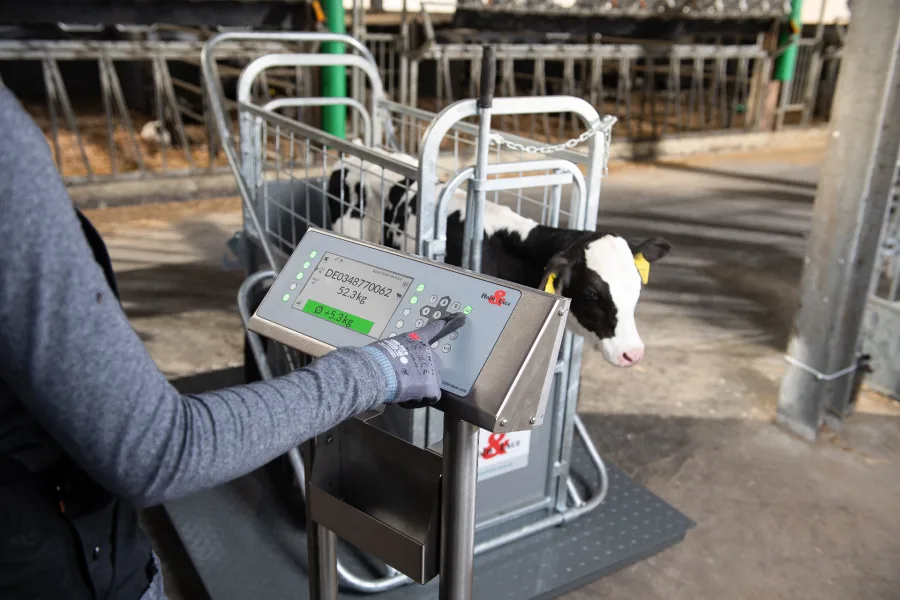Explore the vital role DairyTrace and proAction play in shielding Canada’s dairy sector from the threat of bird flu. Understand how meticulous traceability and comprehensive biosecurity measures fortify farms and safeguard cattle health.

Given the worldwide danger of avian influenza, also known as bird flu, Canada’s dairy industry has to stay alert. Beyond poultry, bird flu might damage dairy businesses because of cross-species infection and financial disturbance. Essential protections include DairyTrace and proAction, which allow animal traceability and improve on-farm biosecurity. The efficiency of these systems, which are implemented and maintained by our valued dairy producers, may make all the difference between operational resilience and terrible losses.
DairyTrace and proAction, the tools that you, as dairy producers, implement, enhance the long-term viability of the dairy sector and help to allow fast outbreak reactions. Discover how these biosecurity and traceability policies, which are a testament to your dedication and hard work, are a strong barrier against the avian flu epidemic in Canada.
The Cornerstone of Canadian Dairy Biosecurity: DairyTrace and SimpliTrace
DairyTrace and SimpliTrace, the backbone of Canadian dairy traceability, play a pivotal role in preventing the spread of avian flu. By tracking the movement and history of dairy cattle, these initiatives not only support health management and outbreak response but also serve as a robust defense against avian flu. While SimpliTrace caters to Quebec’s specific needs, DairyTrace extends its benefits to dairy producers across Canada, except Quebec.
Controlling disease epidemics requires traceability. It offers a comprehensive picture of cow movements, guiding the identification of disease routes and exposure hazards. Daily operations and national biosecurity depend on the quick identification of afflicted livestock made possible by DairyTrace and SimpliTrace.
These initiatives provide vital traceback information, locating an animal historically and now during epidemics. Early-warning systems like quick identification help control disease transmission through focused actions, reducing the economic and health effects.
DairyTrace and SimpliTrace ultimately provide dual protection by improving response capacity and reducing disease introduction. This all-encompassing strategy emphasizes Canada’s dedication to high public health standards, animal welfare, and economic sustainability.
proAction: Ensuring Safety and Sustainability in Canadian Dairy Farming
The proAction Biosecurity module, a cornerstone of dairy Farmers of Canada’s initiative, is designed to enhance the safety and environmental viability of dairy farming. This module, which is crucial for controlling hazards and preventing illness in herds, upholds strict biosecurity rules that are essential for preserving cattle health and limiting the spread of diseases. Its adoption can significantly improve the overall health and sustainability of dairy farming.
The biosecurity module protects herds from outside health hazards through strong preventive actions comprising frequent risk assessments, rigorous hygienic procedures, and regulated farm access. These systems assist farmers in controlling biosecurity hazards and lowering the possibility of an epidemic start-off.
Ensuring cattle well-being, the module also encourages proactive health monitoring and cooperation with veterinarians for early diagnosis and illness control. This results in a better, more productive herd, increasing long-term farm sustainability and output.
Through the proAction Biosecurity module, Dairy Farmers of Canada maintain high standards of animal health and welfare, increasing their dedication to providing safe, premium dairy products. This strategy protects herds and increases customer trust in Canadian dairy products, strengthening the industry’s standing worldwide.
Veterinary Collaboration: The Bedrock of Biosecurity and Traceability in Canadian Dairy Farming
Collaboration with veterinarians is not just beneficial but also vital for Canadian dairy producers. These professionals provide crucial information for early illness prevention and identification, helping farmers apply best animal health practices, biosecurity protocols, and customized vaccination campaigns. This collaboration is a key factor in maintaining the health and productivity of dairy herds.
Significant advantages of this cooperation include early illness identification and control. Routine health checks by veterinarians enable rapid diagnosis of developing disorders and control before they become widespread. This quick reaction is crucial for maintaining herd health and minimizing financial losses.
Additionally, veterinarians teach farmers the newest biosecurity techniques and animal health technology. They guarantee that farmers are ready to face any health obstacle by offering direction on controlling current conditions and avoiding future ailments.
Strong cows increase agricultural output. Their better-quality milk helps the farm be financially stable and environmentally friendly. Improved herd health also leads to better reproduction rates and reduced mortality, which is vital for the long-term survival of a dairy business.
This cooperation guarantees the health and production of the herd by minimizing the introduction and transmission of illnesses. It also increases the resilience of the Canadian dairy sector against biosecurity risks.
Precision and Promptness: The Lifeline of DairyTrace and SimpliTrace
DairyTrace and SimpliTrace depend on maintaining correct databases. Farmers have to record animal movements and instantly change herd inventories. This guarantees that data stays current, improves quick response systems, and should ideally be done in 24 hours.
During a bird flu epidemic, such methods enable officials to find animals and segregate impacted regions rapidly. Targeted treatments depend on instantaneous movement data, which helps avoid general infections. Following reporting guidelines helps farms greatly enhance national biosecurity and safeguard public health and animal welfare.
Embracing Technological Advancements: Enhancing DairyTrace for Seamless Reporting and Robust Disease Management. Rest assured, these advancements in DairyTrace are not just for show. They are designed to make your work easier and more efficient, ensuring the safety and sustainability of Canadian dairy farming. Farmers now find event reporting simpler because of recent improvements DairyTrace made to its site and mobile app. These developments guarantee quick data recording and accessibility by allowing more effective updates and reporting on livestock movement.
Crucially, government authorities may obtain DairyTrace and SimpliTrace, which help to control diseases effectively and provide real-time traceback. This integration helps reduce disease transmission, lower risks, and safeguard the health of dairy cows throughout Canada.
The Bottom Line
DairyTrace and proAction are crucial in the Canadian dairy sector to stop the fast spread of avian flu. Tracking cow movements and maintaining current health information enables these systems to detect and separate impacted animals rapidly, preventing significant outbreaks. Crucially for controlling illnesses like avian flu, DairyTrace and SimpliTrace traceability modules provide vital information on animal movements and whereabouts. Furthermore, the proAction Biosecurity module helps farmers apply rigorous policies to stop disease introduction and spread within herds. Reducing hazards to human and animal health depends on keeping reliable records. Farmers are urged to maintain herd inventories and quickly document animal movements, expediting traceback studies in times of health problems. DairyTrace and proAction are essential to safeguarding the resilience and sustainability of Canadian dairy production against dangers like avian flu using cooperation and modern technologies.
Key Takeaways:
- DairyTrace and SimpliTrace offer comprehensive traceability of dairy cattle across Canada, ensuring efficient response during disease outbreaks.
- ProAction’s Biosecurity module focuses on preventing the introduction and spread of diseases within herds, enhancing on-farm safety and protecting cattle health.
- Timely and accurate reporting of animal movements is crucial under these programs, with robust databases that assist in swift traceback and disease management.
- Collaboration with veterinarians plays a vital role in the effective implementation of biosecurity and traceability measures, helping control and mitigate diseases.
- Improvements to reporting systems, like updates to DairyTrace’s portal and app, facilitate easier and more convenient compliance for farmers.
Summary:
Canada’s dairy industry is facing a significant threat from avian influenza, or bird flu, due to its global impact. To combat this, dairy producers are implementing systems like DairyTrace and proAction, which enable animal traceability and improve on-farm biosecurity. DairyTrace and SimpliTrace provide a comprehensive picture of cow movements, guiding the identification of disease routes and exposure hazards. These systems provide vital traceback information, locating animals historically and now during epidemics. Early-warning systems like quick identification help control disease transmission, reducing economic and health effects. ProAction is designed to enhance safety and environmental viability, upholding strict biosecurity rules essential for cattle health and disease spread. Veterinary collaboration is vital for early illness prevention and identification. Precision and promptness are crucial aspects of DairyTrace and SimpliTrace, with farmers recording animal movements and changing herd inventories to ensure data stays current and improve quick response systems. Technological advancements in DairyTrace make event reporting simpler and more efficient, ensuring the safety and sustainability of Canadian dairy farming.

















